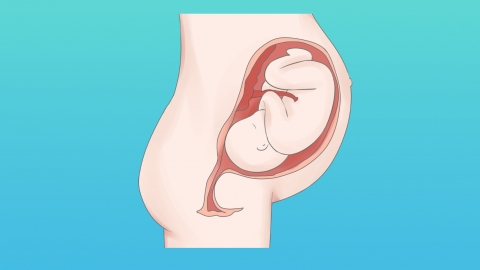Will a vaginal delivery be faster for a second child if there's a ten-year gap between the first and second pregnancies?
Generally, with a ten-year interval between the first and second pregnancy, if the mother is in good health and has normal birth canal conditions, vaginal delivery may be faster than the first childbirth. However, if the mother suffers from severe pelvic floor muscle relaxation or fetal malposition, the speed of vaginal delivery may be affected. If there are concerns, it is recommended to consult a healthcare provider in advance. Detailed analysis is as follows:

If the mother is of optimal childbearing age, has no complications such as hypertension or diabetes during pregnancy, and although her pelvic floor muscles have largely recovered to a near pre-pregnancy state due to the long interval, the birth canal has previously expanded during the first delivery. As a result, cervical dilation during subsequent vaginal delivery may progress faster than in first-time mothers, potentially shortening the overall labor duration. Additionally, the mother's prior experience with childbirth may lead to better understanding and cooperation during labor.
If the mother is older (over 35 years), with decreased physical function, or if pelvic floor muscle relaxation from the first delivery has not been adequately restored—leading to conditions such as uterine prolapse—or if the second baby has issues like abnormal fetal position or excessive birth weight, labor may be prolonged. This could increase the risk of difficult delivery; thus, vaginal delivery may not only be slower but also more complicated than the first delivery, requiring close monitoring by medical professionals throughout labor.
Mothers with a ten-year gap between their first and second pregnancies should undergo regular prenatal checkups to assess maternal and fetal health, communicate thoroughly with their doctor before delivery to develop an appropriate birth plan, and follow medical guidance during labor to avoid excessive anxiety that could negatively impact the progress of labor.






